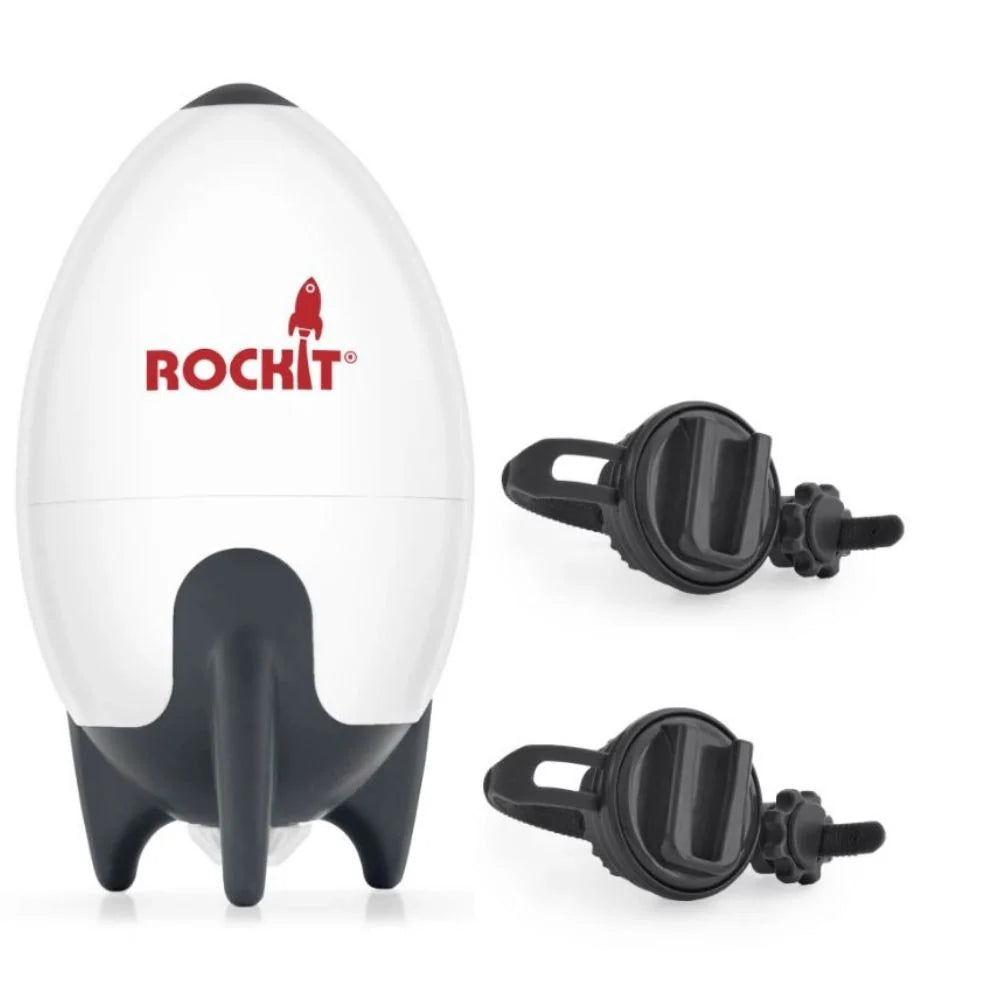News
10 tips to combat bedwetting…
Bedwetting can be hugely challenging, both for parents and their bedwetting child. The daily workload of washing sheets and pyjamas, the efforts to keep bedding and mattresses free from urine and not forgetting the frustration and often embarrassment caused from wetting the bed night after night. Remember, you are not alone. Although often not talked about, bedwetting is common amongst 5 and 6 year old's and up to 30% of this age group still wet their bed. Children reach milestones at different ages in their life and learning to control their bladder at night is another developmental milestone. Bedwetting is often hereditary and despite how you may sometimes feel, bedwetting it not your child’s fault. Almost all children want to stop, but simply can’t. Here are some tips to help you and your child combat bedwetting once and for all: Increase daytime fluids and toilet visits. Research suggests that children who drink water throughout the day and visit the toilet regularly will improve their bladder health resulting in improved night time dryness. Use a Vibrating Reminder Watch to remind your child to drink fluids and visit the toilet regularly throughout their day. In simple terms teach your child how their bladder works. Encourage him to ‘take his time’ and relax on the toilet. Children who rush often don’t empty their bladder completely. Rule out constipation. Even though you may not think your child is constipated, it's important to make sure it isn't a problem. Solving any constipation issues is your first step to dry nights. Don't offer incentives. Offering your child a new bike or toy to stop wetting the bed can result in frustration and disappointment. Encouraging your child is good, but don’t set him up to fail. If he could stop, he would stop. Don’t restrict fluids. While it is true that drinking too much before bed can contribute to wetting, it’s often not the cause of bedwetting. Avoid fizzy or caffeinated drinks but don’t go overboard restricting fluids, instead, encourage regular fluid intake throughout the day. Don’t lift your child to the toilet each night. Lifting is of little use, and may even prolong the problem. Your child has to get used to waking up when his bladder is full. Children often do not remember being lifted, and it usually does not help to achieve their own bladder control. Avoid nappies or pull-ups. If you and your child are ready to address bedwetting, then avoid using nappies or pull-ups. He needs to feel the wetness in order to engage his brain to recognise the sensation to urinate. Rule out medical causes. Check with your doctor to ensure your child has no underlying medical conditions which may be contributing to their bedwetting. This is especially important if you child has been dry at night and unexpectedly starts wetting. Don’t wait too long to address the problem. Many children simply grow out of bedwetting but if you get to the point where your child is frustrated or embarrassed, then take steps to address the bedwetting now. In combination with the above tips, a bedwetting alarm is the mostly commonly-used solution to bedwetting. Bedwetting alarms teach your child's subconscious reflex in the brain to recognise the sensation they need to visit the toilet or 'hold on' until morning. Bedwetting alarms are 100% safe and recommended by specialists. Our final piece of advice is to seek help & reliable information. Coping with a child who wets the bed every night is hard work. There is plenty of conflicting advice around this topic, so do your own research. We've put together a comprehensive, easy-to-read guide around bedwetting and solutions. You can download our FREE e-book on bedwetting here.
Learn moreWaking and Taking your Child to the Toilet….What are you really achieving?
With most areas of parenting there are plenty of opinions and information regarding almost every topic. Google ‘bedwetting help’ and you’ll find a fair amount of conflicting advice. For those parents trying to help their child become dry at night we’ve taken a good a look at the idea of ‘waking and taking’ your child to the toilet each night in the hope he will learn to stop wetting the bed. But what are you really achieving by doing this? Here’s what we’ve learnt from the experts. With some children, this method does provide dry nights but your child doesn't actually learn anything from this. It is probable that your child is emptying his bladder before it’s full, making it difficult to learn the appropriate response to the full-bladder signal. More often than not, children have no memory of being woken and taken to the toilet, even though they may look awake. Waking and taking your child to the toilet at the same time each night may make his bladder used to being emptied at that specific time, rather than holding it until morning. Because your child learns nothing by this method, he will likely wet on nights you can’t take him or you forget. Just as you may have to get up at different times each night to visit the toilet, or some nights not at all, your child's bladder needs to be emptied at various times too. You have no way of knowing exactly when your child needs to use the toilet because this differs each night. Waking him and taking him may fit in with your schedule but not his. You may consider trying the ‘waking and taking’ strategy for a couple of weeks, or every second night and then see if your child stays dry on the nights you don't walk him to the toilet. If he can stay dry on his own, then that’s great. If, however, you don't see improvement on the nights you don't wake him, this strategy most likely won't work. Waking and taking him for months or years will not allow him to make that important ‘brain-bladder connection’ so he can wake on his own to a full bladder that’s needs emptying. If your child is 5 or 6 and still wetting on the nights you don’t take him to the toilet you may want to consider a different approach based on helping him make the connection between his bladder and brain. A bedwetting alarm is the most commonly used technique to help make that connection. When your child’s bladder is full and he begins to wet, the alarm sounds and wakes him. This consistent approach conditions him to recognise the feeling that comes before he needs to wake up to use the toilet. Then he can stay dry at night without any help from you. Need more information about Bedwetting Alarms?
Learn more20 Top Tips for success using a bedwetting alarm
Before you start using an alarm, remember that a key element in the success of bedwetting alarms is your child's motivation and understanding that waking to the sound of the alarm is the treatment that will help him stop wetting at night. Make sure he fully understands this and is committed to stopping wetting the bed by using the alarm. If he is not fazed by wetting his bed, perhaps discuss some motivating factors or simply wait until he is a little older. Here's our Top Tips leading to success with an alarm: Pick a good time to start using the alarm when there is less stress and no travel commitments. Start the bedwetting alarm treatment with realistic expectations. It can take up to 10-16 weeks for a child to be consistently dry at night. Explain to your child how a bedwetting alarm works (trains the brain to feel the sensation to urinate) and discuss what you expect them to do when the alarm goes off. Read the instructions carefully and make sure you, your child and any other caregivers understand how the alarm works. Roleplay what happens when the alarm goes off and teach your child to turn off the alarm, visit the toilet to completely empty his bladder, change pyjamas and mattress protector and reset the alarm. Use waterproof mattress protectors on the bed and have a couple of spares beside the bed. Ensure spare pyjama bottoms are beside the bed each night. Place an easy-to-activate night-light beside the bed. Understand that initially you will need to wake your child when the alarm sounds and assist him to the toilet. With time he will wake to the alarm and take himself to the toilet. Understand that visiting the toilet after the alarm sounds (even if there is nothing left in the bladder) is an important part of the process. Avoid waking your child to visit the toilet. Let the alarm do the work. If you consistently wake your child to visit the toilet, he will not learn to do this on his own. Ensure the alarm is loud enough for you to hear. Use an alarm with a second receiver unit (which plugs into your room) or use a baby monitor. Praise your child for independently turning off the alarm, visiting the toilet without fuss, changing his own pyjamas and mattress protector, re-setting alarm etc. Do NOT continue to use pull-ups or nappies. Use a reward chart to record progress towards independence (wearing the alarm each night, setting it up by himself, waking by himself, changing his own pyjamas, ) and eventually you’ll be able to start rewarding less frequent wetting and smaller wet patches on the bed. In order for the alarm to work, you and your child will need to commit to using the alarm EVERY night. Avoid skipping nights. Be consistent and persistent. Some children become dry very quickly, in a matter of days, others take much longer, up to 16 weeks. Research suggests that if your child is still not dry at 12 weeks, you should not give up. Most children are dry by 12 weeks but a good percentage of children become dry between 12-16 weeks. If your child is getting tired from waking at night. Try and get him to bed a littler earlier. This will not last forever! The experts suggest you should continue to use the alarm until your child has 14 consecutive dry nights. Specialists agree that having success staying dry at night is often linked to good daytime toilet habits. At the same time as working on night-time habits ensure you are working with your child during the day, to make sure he is drinking plenty of water, taking regular toilet breaks and taking his time and completely emptying his bladder. Avoid caffeinated and fizzy drinks and make sure he takes his time visiting the toilet before bed. Remember, the first couple of weeks are the hardest then it gets easier. Your job is to keep up the praise, encouragement and reassurance. Here’s to happy dry nights.
Learn moreChoosing the best bedwetting alarm...
A recent study saw 66% improvement in children who used a bedwetting alarm for 2 weeks, verses only 4% for those who used nothing at all. Research into the bedwetting alarms shows an 80% success rate in committed children (and their caregivers). How does a bedwetting alarm work? Different alarms work in slightly different ways but essentially a sensor detects wetness, which then activates an alarm (which vibrates and/or sounds) to wake your child. Eventually the alarm conditions the brain to wake up before any accidents happen at all. The time is takes to ‘train the brain’ and stop wetting varies from child to child, but for some children they become dry within 10 days, other children can take much longer. Choosing the right bedwetting alarm There are three types of bedwetting alarms: #1 Wearable Bedwetting Alarms With a wearable alarm, the child places the moisture sensing device in his or her pyjamas or underwear (in the line of fire). When the child wets, the sensor detects the wetness and the alarm is sounded. The sensor is attached to a cord at one end and the alarm/unit at the other end. The unit attaches to the pyjama top. With this alarm your child will need to use a waterproof bed pad. Recommended: WetStop3 has been used successfully for over 40 years! It is a good cost-effective alarm. #2 Bed-and-Pad Bedwetting Alarm With an ‘alarm-and-pad’ bedwetting alarm, the moisture sensor is sewn into the pad placed beneath the sleeper. The sewn-in sensors in the pad detect moisture and the alarm sounds. The sensor pads which come with the Wet Detective from Potty MD have the added advantage of being waterproof, which means you don’t need an extra waterproof pad on the bed (as well as the sensor pad). The pads are also industrial quality so they withstand wash after wash. This is a good option for those children who don’t want to wear an alarm. They are also good for adults, the elderly and those with special needs. Recommended: Wet Detective #3 Wireless Bedwetting Alarm The third type of bedwetting alarm, the wireless alarm, is the newest technology on the market. The child wears special underpants (available in all sizes) which have sewn in sensors. The added advantage of this alarm over others is that moisture is detected immediately thereby triggering the alarm to sound immediately to wake the child. This alarm is comfortable to wear as no cords or cables are involved. A small transmitter is attached to the underpants and a base unit is plugged into a power point (or powered by battery). Another advantage of this alarm is that if you have a particularly deep sleeper or you have a child who shares a room, then a vibrating unit (Bed-Shaker) can be attached to this unit so vibration is used to wake your child. Lastly, a separate base unit can be purchased to place in the caregiver’s room so mum or dad can also hear the alarm sound. Recommended: Rodger Wireless Bedwetting Alarm Alarm Type Alarm Type Useful for Advantages Wet Stop 3 Wearable alarm with clipped on sensor and cord Sound and vibration Children Cost effective. Simple to use. Proven success (sold since 1979). Wet Detective Sensor pad on bed and alarm unit beside bed Sound Children Adults Special Needs Elderly Can be set to a loud setting. Pad is waterproof. Simple to use. Comfortable – no cables. Rodger Wireless Alarm Wearable sensor underpants with transmitter. Base unit plugged into wall. Sound Children Adults Special Needs Latest technology. Comfortable – sewn-in sensor underpants. No cords. Moisture detected immediately. Vibrating Bed Shaker attachment available. Second base unit for parent’s room available. Bedwetting alarms best practices Choose the right time. Choose times when routines are not interrupted too much. Talk to your child about how the alarm works and help him get prepared each night (spare pyjamas, night light, change of underpants/bed pad). Make setting the alarm part of your everyday bedtime routine. Do not skip nights. Be POSITIVE! Give plenty of encouragement and stay confident and positive along the way. Work on daytime toilet habits too. Encourage regular fluid and toilet stops throughout the day. Avoid using nappies or pull-ups—your child should feel the wetness. For some children it takes time before they wake to the sound of the alarm. Be patient & assist your child with waking when the alarm sounds. With time they will wake by themselves. Remain PATIENT throughout the process. Some children become dry within days, others take weeks. As you continue to use the alarm every night the number of dry nights will begin to outnumber the wet ones. However, during the training process, expect the occasional accident to occur. This is normal as your child’s body develops.
Learn more








